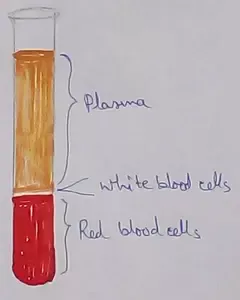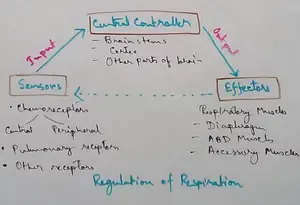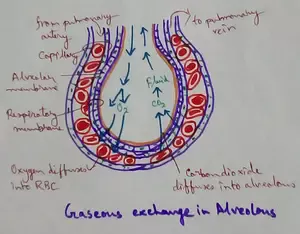Worksheet on Sanitation and Harmful Germs
Worksheet on sanitation and harmful germs contains various types of questions on how our health depends on sanitation, disposal of liquid and solid wastes and prevention of breeding of mosquitoes and the harmful germs which causes diseases.
I. Fill in the blanks:
(i) __________ __________ wastes are called garbage.
(ii) Liquid wastes of the house should be let out to a __________.
(iii) Uncovered dustbins attract __________ and cockroaches.
(iv) Flies carry germs of many __________.
(v) Some waste materials are utilised to make useful __________.
(vi) We use __________ to kill insects.
II. Mark a tick (√) or cross (X) against each given
statement:
(i) Microbes are very tiny living creatures.
(ii) We use dustbin to collect domestic garbage.
(iii) Flies carry the diseases causing germs.
(iv) Water wastes should be dumped into open pits.
(v) Harmful and disease causing microbes are called germs.
III. Match the statements with appropriate words on the other side:
(i) Disposal of liquid wastes through covered drainage system is called (a) compost
(ii) Flies are the carriers of (b) microbes
(iii) Malaria is caused by (c) germs
(iv) Solid wastes can be converted into (d) sewage
(v) Tiny living creature are called (e) mosquito
Check the answers of worksheet on sanitation and harmful germs:
Answers:
I. (i) Domestic solid
(ii) pit
(iii) flies
(iv) diseases
(v) items
(vi) insecticides
II. (i) √
(ii) √
(iii) √
(iv) X
(v) √
III. (i) Disposal of liquid wastes through covered drainage system is called (d) sewage
(ii) Flies are the carriers of (c) germs
(iii) Malaria is caused by (e) mosquito
(iv) Solid wastes can be converted into (a) compost
(v) Tiny living creature are called (b) microbes
From Worksheet on Sanitation and Harmful Germs to HOME PAGE
Recent Articles
-
What Is Plasma? | Blood Plasma | Proteins | Nutrients | Cholesterol
Nov 07, 25 10:29 AM
Blood is a mobile fluid which is a connective tissue and is derived from the mesoderm like cell any other connective tissue. Colour of blood is reddish and that flows inside the blood vessels by means… -
Disorders of Respiratory System | Tuberculosis | Pleurisy | Emphysema
Oct 28, 25 11:39 PM
Tuberculosis is very common disease and is caused by a type of bacteria called Mycobacterium tuberculosis. This disease causes different trouble in the respiration and infection of several parts of th… -
Regulation of Respiration | Respiratory Centres | Inspiratory Area |
Oct 14, 25 12:13 AM
Respiratory Centre is the area that controls the rate of respiration and it is observed to be located in medulla oblongata and pons. Respiratory Centre has the following will dispersed components like… -
Explain Transport of Gases | External Respiration | Tissue Respiration
Oct 09, 25 11:35 PM
In humans gaseous exchange is completed in the following ways the steps are - External Respiration or Breathing - Breathing in false taking in of Oxygen and giving out of carbon dioxide in the body. M… -
Kind and Number of Teeth | Location of Teeth in Mouth | Care of Teeth
Sep 11, 25 12:52 AM
Kind and Number of Teeth





New! Comments
Have your say about what you just read! Leave me a comment in the box below.